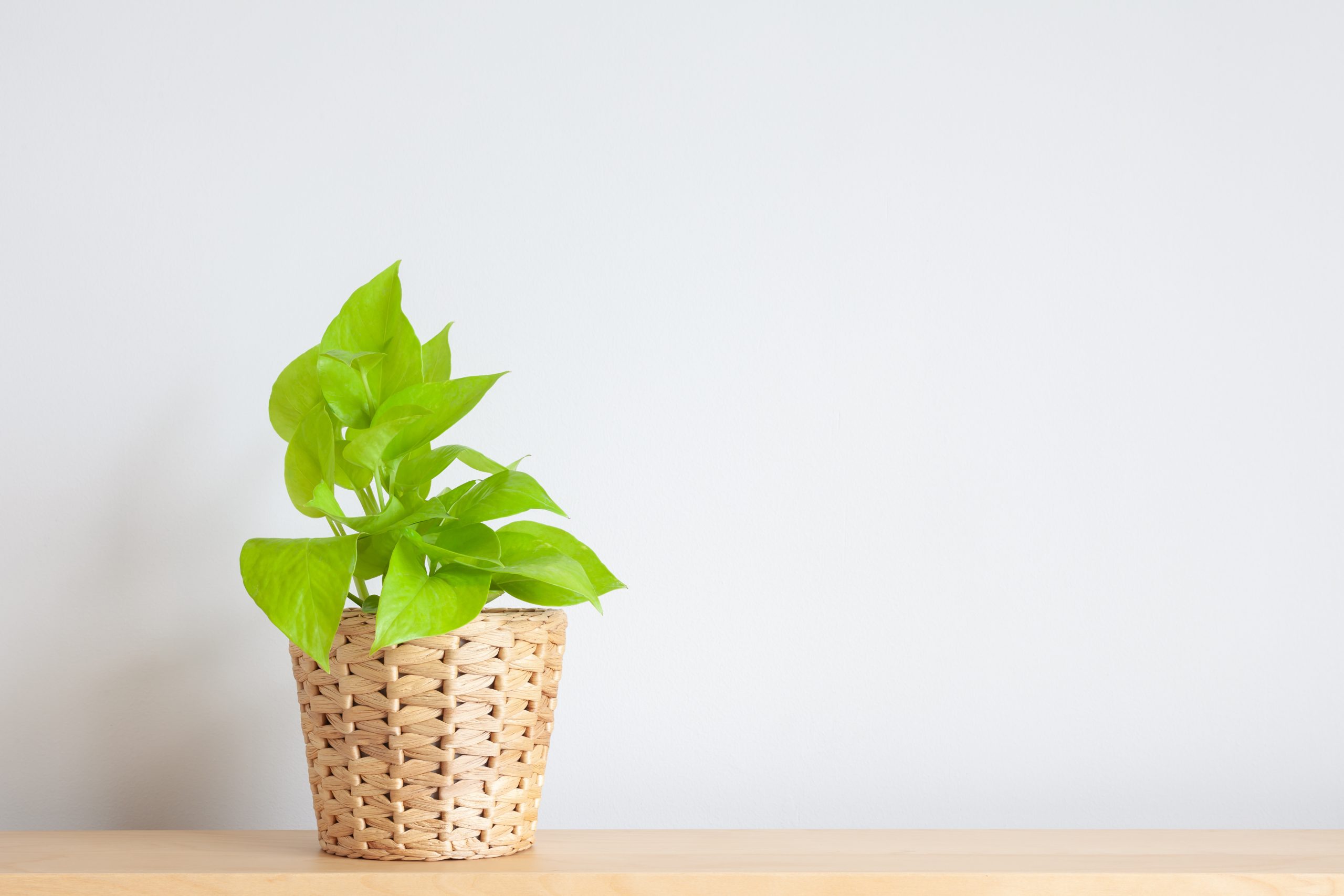If you’ve got a thriving houseplant collection and want to see your indoor jungle expand even further, propagating your plants is a great way to grow and share your leafy friends. Spring is the perfect time to split your plants, so today we share a guide to the different ways to propagate!
Offsets
This technique uses side shoots or offsets, small baby plants that grow from the parent. These are common in aloe and cacti. To propagate using offsets, use a sharp knife to remove one from the parent plant and place it in planting compost. Care for it just as you would the parent plant and you’ll have a thriving second houseplant in no time.
Plantlets
These are similar to offsets but form at the end of branches as a type of asexual reproduction. These are common in spider plants. To propagate, simply remove one, place it in potting mix, and care for it as you would the parent.
Stem cuttings
This method is common for monstera and devil’s ivy and you can grow stem cuttings in water or soil. Pick a healthy stem and cut it at an angle with sharp shears. If grown in water, wait for the stem to sprout new roots before transplanting into soil.
Leaf cuttings
This is the most complex method for propagating, but it’s great for varieties like Christmas cactus and jade plant. Gently twist a leaf off the plant, not leaving any behind, and let it dry out for one to three days to let the cut scab over. Next, dip the leaf stem in rooting hormone and place it into the soil, stem down, with three-quarters of the leaf sticking out. Press potting mix around the stem and watch it grow!
Division
Last, but not least, division works well for varieties like ferns and peace lilies. Remove the plant from its pot, separate it at the middle, and use your hands or a sharp knife to pull apart the two segments into independent plants. Replant each half separately.
Propagation is a great way to expand your own collection or share your beautiful plants with friends. As a season of growth, spring is the perfect time to propagate and watch your plantlings thrive throughout the warmer months.












